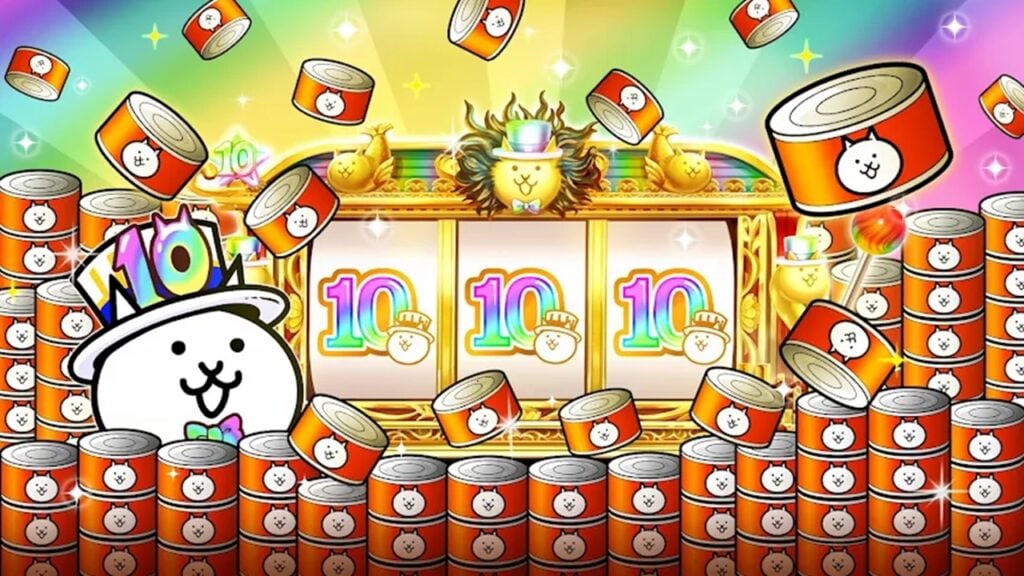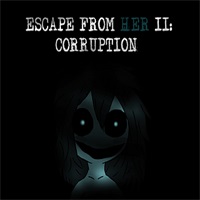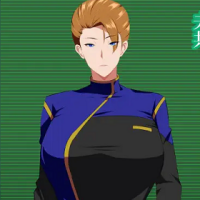"Cinderella Turns 75: Iconic Tale Revives Disney"
As Cinderella's dream was set to end at midnight, so too was The Walt Disney Company's in 1947, burdened with a debt of roughly $4 million following the financial failures of Pinocchio, Fantasia, and Bambi, exacerbated by World War II and other factors. However, this beloved princess and her iconic glass slippers saved Disney from prematurely ending its animation legacy.
Today, on the 75th anniversary of Cinderella's wide release, March 4, we've connected with several Disney insiders who remain inspired by this timeless rags-to-riches narrative. The story parallels Walt Disney's own journey and offered hope not only to the company but also to a world in the process of rebuilding and seeking inspiration.
The Right Film at the Right Time --------------------------------To understand the context, we must revisit Disney's fairy godmother moment in 1937 with Snow White and the Seven Dwarfs. Its unprecedented success allowed Disney to establish its Burbank studio, still its headquarters today, and paved the way for more feature-length animated films.
Disney's next venture, Pinocchio in 1940, had a budget of $2.6 million, significantly higher than Snow White's. Despite critical acclaim and two Academy Awards, it lost around $1 million. Similarly, Fantasia and Bambi underperformed, adding to the company's debt. The primary reason was the onset of World War II, which disrupted Disney's European markets.
“Disney's European markets dried up during the war, and films like Pinocchio and Bambi didn't perform well,” explained Eric Goldberg, co-director of Pocahontas and lead animator on Aladdin’s Genie. “The studio shifted to producing training and propaganda films for the U.S. military, and then focused on Package Films throughout the 1940s, which were collections of short cartoons compiled into feature films. While these projects were excellent, they lacked a cohesive narrative from start to finish.”
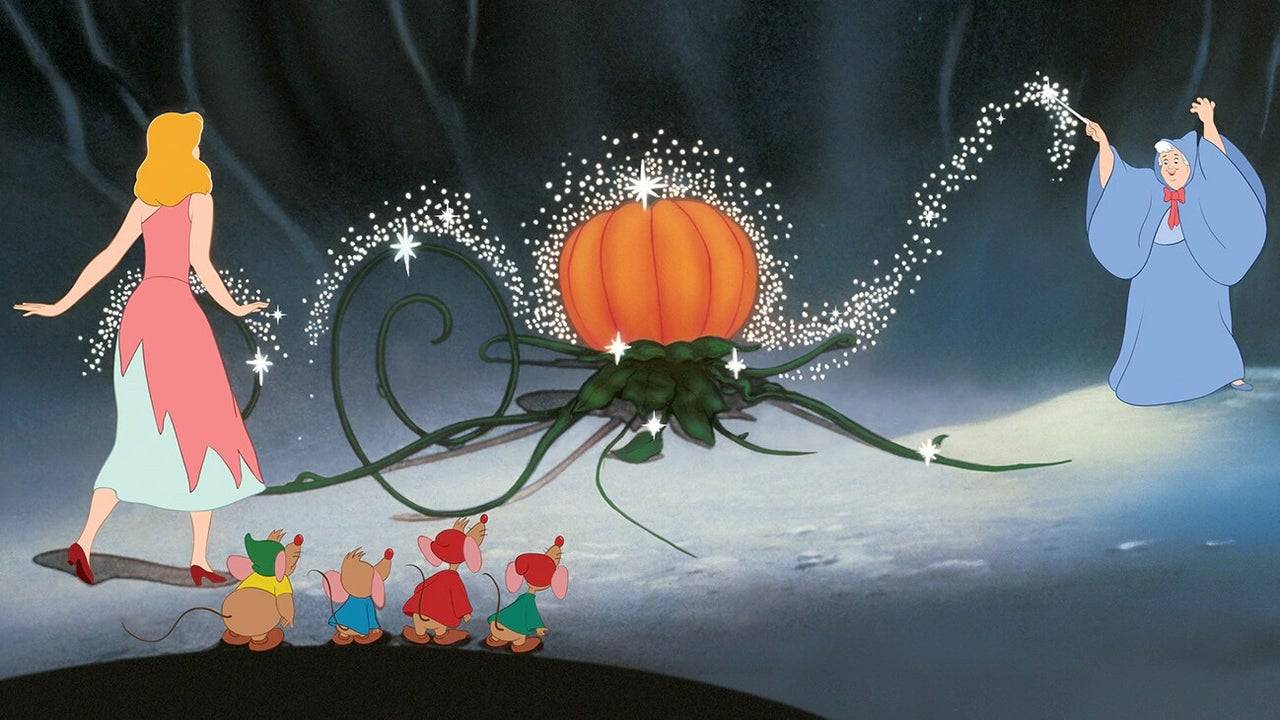 Disney produced six Package Films between Bambi (1942) and Cinderella (1950), including Saludos Amigos and The Three Caballeros, which supported the U.S. Good Neighbor Policy to counter Nazism in South America. Although these films covered costs and reduced the studio's debt from $4.2 million to $3 million by 1947, they delayed the production of true feature-length animated stories.
Disney produced six Package Films between Bambi (1942) and Cinderella (1950), including Saludos Amigos and The Three Caballeros, which supported the U.S. Good Neighbor Policy to counter Nazism in South America. Although these films covered costs and reduced the studio's debt from $4.2 million to $3 million by 1947, they delayed the production of true feature-length animated stories.
In 1956, Walt Disney expressed his desire to return to feature films, stating in The Animated Man: A Life of Walt Disney by Michael Barrier, “But it was a matter of investment and time. Now, to take and do a good cartoon feature takes a lot of time and a lot of money. But I wanted to get back. My brother Roy and I had quite a screamer... It was one of my big upsets... I said we’re going to either go forward, get back in business, or I say let’s liquidate or let’s sell out.”
Facing the possibility of selling his shares and leaving the company, Walt and Roy chose a riskier path, betting everything on Cinderella, their first major animated feature since Bambi. The film's success was crucial for the survival of Disney's animation studio.
"I think the world needed the idea that we can come out from the ashes and have something beautiful happen."“At that time, Alice in Wonderland, Peter Pan, and Cinderella were in various stages of development, but Cinderella was chosen first due to its similarities to Snow White. More importantly, Walt believed this story could offer more than just entertainment.
“Walt was very attuned to the times, recognizing that America needed hope and joy post-war,” said Tori Cranner, Art Collections Manager at Walt Disney Animation Research Library. “While Pinocchio is an incredible film, it's not as joyful as Cinderella. The world needed the notion that we could rise from the ashes and experience something beautiful. Cinderella was the perfect film for that moment.”
Cinderella and Disney’s Rags to Riches Tale
Walt Disney's fascination with Cinderella dates back to 1922 when he created a short at Laugh-O-Gram Studios, just before founding Disney with Roy. Adapted from Charles Perrault’s 1697 version, the tale of good versus evil, true love, and dreams coming true resonated deeply with Walt.
Despite the early Laugh-O-Gram shorts' lack of success, they highlighted Cinderella's appeal to Walt as a rags-to-riches story fueled by dreams and perseverance.
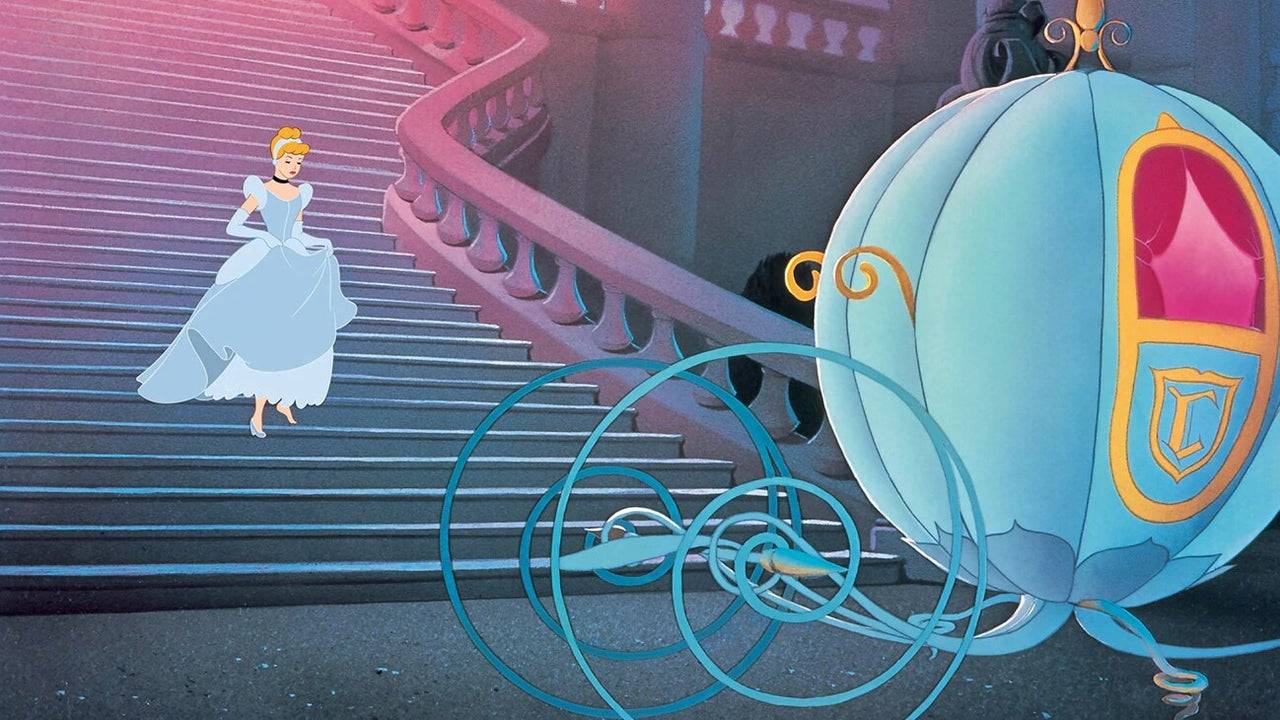 “Snow White was a kind and simple little girl who believed in wishing and waiting for her Prince Charming,” Walt Disney remarked in a special DVD feature, Disney’s Cinderella: The Making of a Masterpiece. “Cinderella, on the other hand, was more practical. She believed in dreams, but she also took action. When Prince Charming didn’t appear, she went to the palace and found him.”
“Snow White was a kind and simple little girl who believed in wishing and waiting for her Prince Charming,” Walt Disney remarked in a special DVD feature, Disney’s Cinderella: The Making of a Masterpiece. “Cinderella, on the other hand, was more practical. She believed in dreams, but she also took action. When Prince Charming didn’t appear, she went to the palace and found him.”
Cinderella's strength and determination shone through despite her hardships under her Evil Stepmother and Stepsisters. Walt's journey mirrored this, beginning with humble origins and numerous challenges but driven by an unwavering dream and work ethic.
Walt revisited Cinderella in 1933 for a Silly Symphony short, but the project evolved into a feature film by 1938. Despite delays due to the war and other factors, the film that emerged was beloved by animation fans.
Disney’s ability to transform classic fairy tales into stories with global appeal was a significant factor in Cinderella’s success.
“Disney excelled at reimagining these long-standing fairy tales with his unique touch, adding heart and passion that made audiences care deeply about the characters and stories,” Goldberg noted. “These tales were often grim, serving as cautionary lessons. Disney modernized them, making them enjoyable for all audiences and timeless.”
"She believed in dreams all right, but she also believed in doing something about them."The addition of Cinderella's animal friends, Jaq, Gus, and the birds, provided comic relief and allowed audiences to connect with her true self. The Fairy Godmother, reimagined by animator Milt Kahl as a bumbling grandmother rather than a regal figure, added relatability and charm, culminating in the iconic transformation scene, a favorite of Walt's, animated by Disney Legends Marc Davis and George Rowley.
Thanks so much for all your questions about Cinderella! Before we sign off, enjoy this pencil test footage of original animation drawings of the transformation scene, animated by Marc Davis and George Rowley. Thanks for joining us! #AskDisneyAnimation pic.twitter.com/2LquCBHX6F
— Disney Animation (@DisneyAnimation) February 15, 2020
“Every sparkle in that scene was hand-drawn and painted, which is astounding,” Cranner said with enthusiasm. “There's a perfect moment during the transformation where the magic pauses for a fraction of a second before her dress changes. That pause is what makes the scene so magical—it's like holding your breath before the magic unfolds.”
The addition of the broken glass slipper at the film's end, unique to Disney's version, highlighted Cinderella's agency and strength, as she presented the other slipper she had kept safe.
“I think people often overlook that Cinderella is not a passive character,” Goldberg emphasized. “She has a strong personality and takes control of her destiny. When her stepmother breaks the slipper, Cinderella has the solution ready, showcasing her strength and cleverness.”
Cinderella premiered in Boston on February 15, 1950, and had its wide release on March 4. It was an instant success, grossing $7 million on a $2.2 million budget, becoming the sixth-highest-grossing film of 1950 and earning three Academy Award nominations.
“When Cinderella was released, critics celebrated Walt Disney’s return to form,” Goldberg recalled. “It was a huge success, and the studio regained its narrative prowess. Following Cinderella, Disney produced classics like Peter Pan, Lady and the Tramp, Sleeping Beauty, 101 Dalmatians, Jungle Book, and many more, all thanks to Cinderella.”
75 Years Later, Cinderella’s Magic Lives On
Seventy-five years later, Cinderella's influence remains strong within Disney and beyond. Her castle is a landmark at Walt Disney World and Tokyo Disneyland, and her story inspired the iconic castle in Disney's movie intros.
Her legacy is evident in modern Disney films, such as the dress transformation scene in Frozen, animated by Becky Bresee and effects artist Dan Lund, which pays homage to Cinderella.
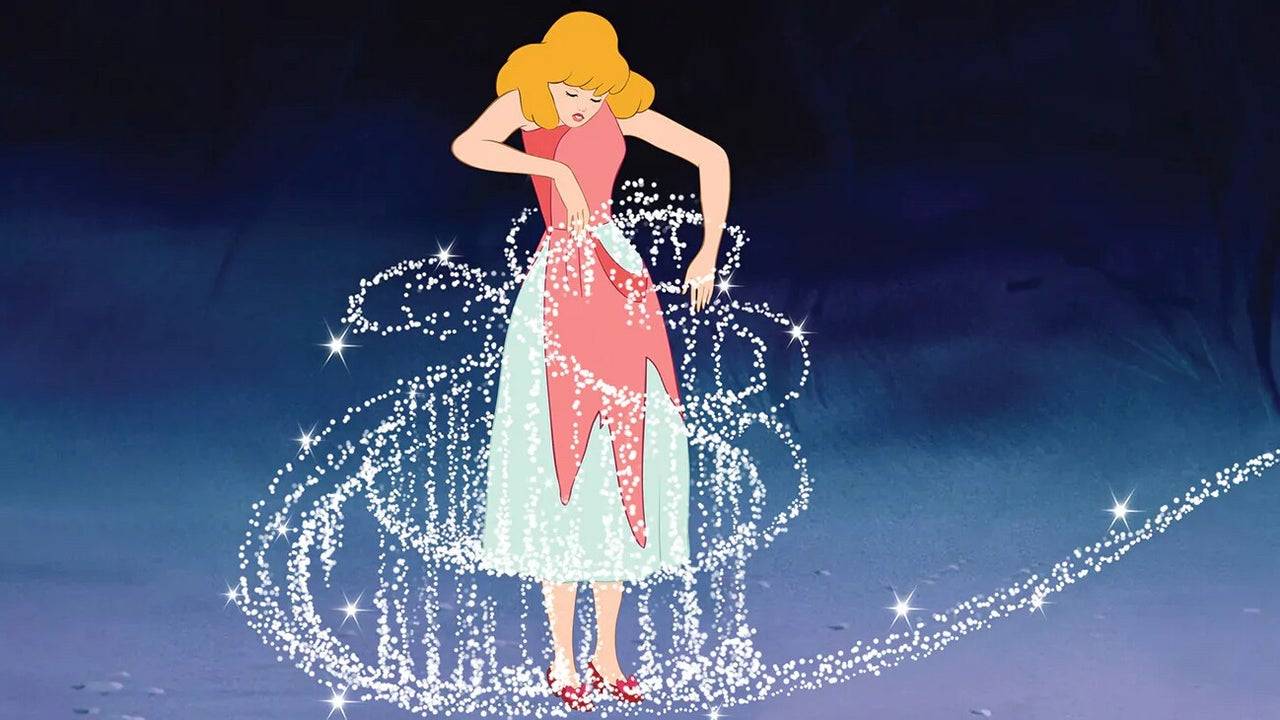 Many more deserve recognition for their contributions to Cinderella, including the Nine Old Men and Mary Blair, whose art defined the film's unique style. Eric Goldberg encapsulates why Cinderella was the perfect film at the right time:
Many more deserve recognition for their contributions to Cinderella, including the Nine Old Men and Mary Blair, whose art defined the film's unique style. Eric Goldberg encapsulates why Cinderella was the perfect film at the right time:
“I think the big thing about Cinderella is hope,” Goldberg said. “It gives people hope that things will work out with perseverance and strength. That’s its biggest message... hope can be realized and dreams can come true, no matter the era.”
-
1

Every Pokémon Game on the Nintendo Switch in 2025
Feb 25,2025
-
2
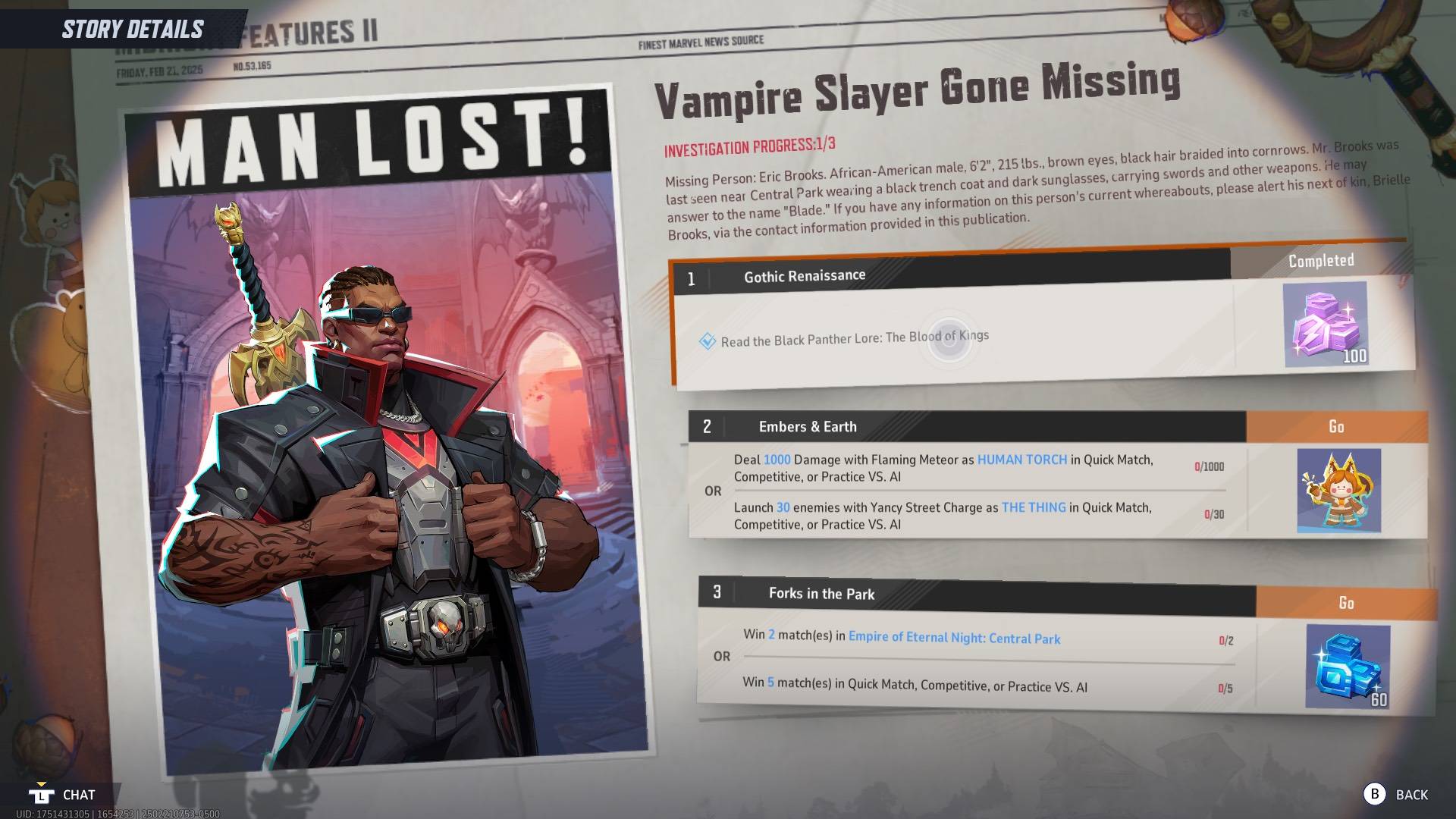
How To Read Black Panther Lore: The Blood of Kings in Marvel Rivals
Mar 01,2025
-
3
![Anime Vanguards Tier List – Best Units For Each Gamemode [UPDATE 3.0]](https://images.gzztb.com/uploads/35/17376012656791b0f12fa1c.jpg)
Anime Vanguards Tier List – Best Units For Each Gamemode [UPDATE 3.0]
Feb 27,2025
-
4

Nvidia RTX 5090 Specs Leak: Rumor Confirmed?
Mar 14,2025
-
5
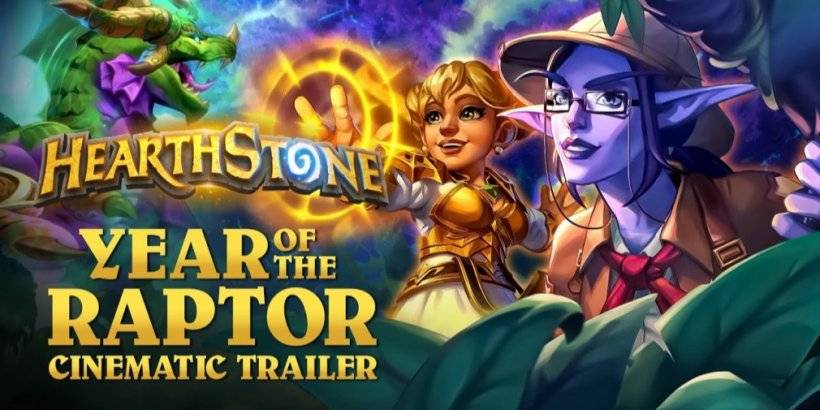
Hearthstone has kicked off the Year of the Raptor with a myriad of new content
Mar 16,2025
-
6
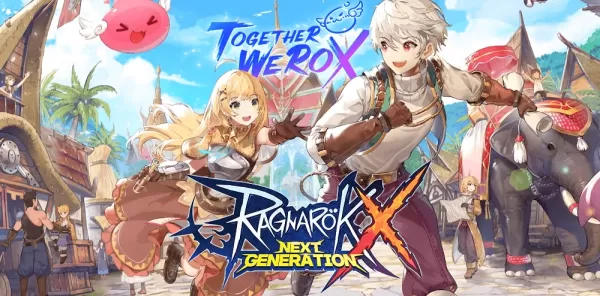
Ragnarok X: Next Gen - Complete Enchantment Guide
May 25,2025
-
7

McLaren Returns to PUBG Mobile Collaboration
Aug 27,2024
-
8
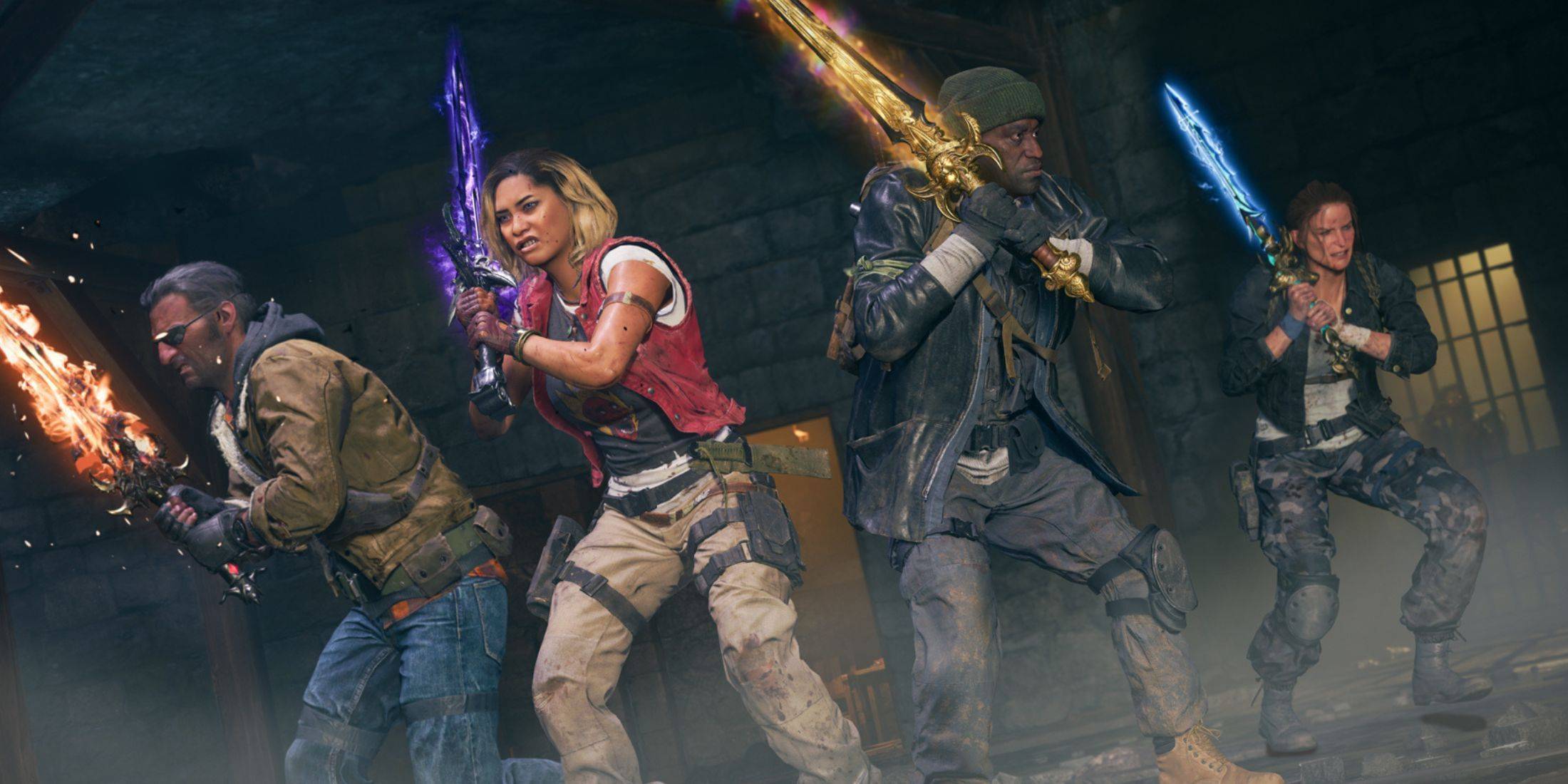
January 15 Is Suddenly a Big Day for Call of Duty: Black Ops 6 Zombies Fans
Feb 20,2025
-
9

Assetto Corsa EVO Release Date and Time
Jan 05,2025
-
10

Roblox: Trucking Empire Codes (January 2025)
Mar 05,2025
-
Download

DoorDash - Food Delivery
Lifestyle / 59.30M
Update: Apr 23,2025
-
Download
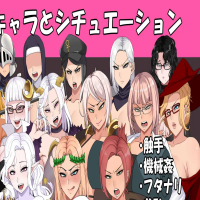
Niramare Quest
Casual / 626.43M
Update: Feb 21,2023
-
Download
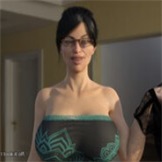
The Golden Boy
Casual / 229.00M
Update: Dec 17,2024
-
4
POW
-
5
Gamer Struggles
-
6
Mother's Lesson : Mitsuko
-
7
Poly Pantheon Chapter One V 1.2
-
8
How To Raise A Happy Neet
-
9
Dictator – Rule the World
-
10
Strobe

